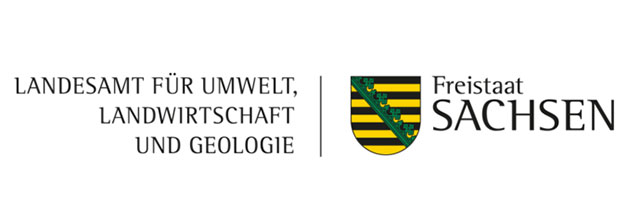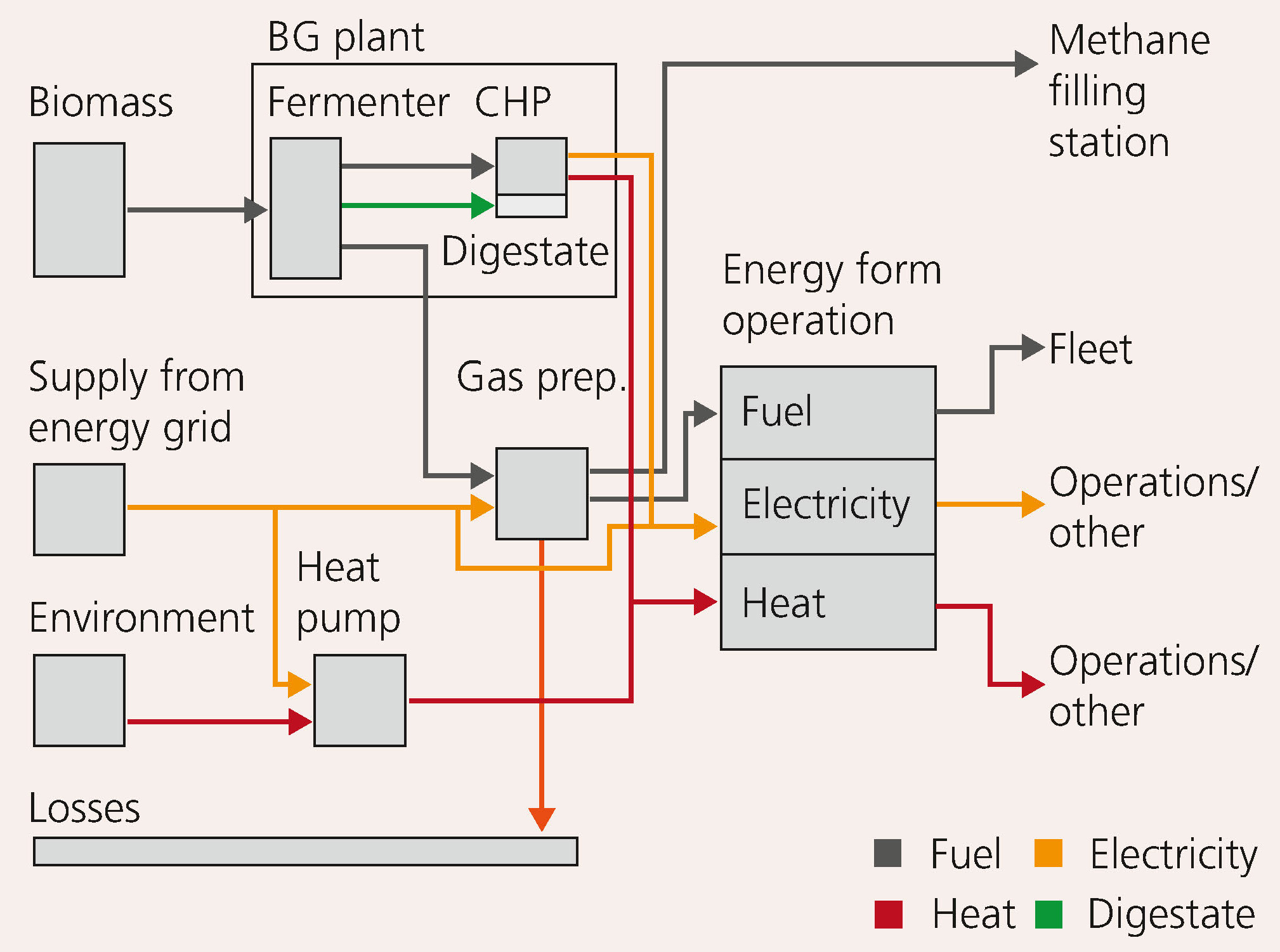
Study on decentralized energy supply for agriculture and rural areas
Current research

In a study commissioned by the Saxon State Office for Environment, Agriculture and Geology (LfULG), the Fraunhofer Institutes IKTS and IVI investigated the conditions and possibilities for expanding and improving the decentralized generation, conversion, storage and distribution of renewable energies and energy sources in rural areas. Farms played a central role in this study, as they generally offer great potential regarding important resources such as biomass, roof surfaces and open spaces for photovoltaic and wind power plants and access points to electricity and, in some cases, gas grids. The study was carried out in close cooperation with an expert advisory board from industry and science.
Initially, available technologies for the generation, conversion, storage and processing of renewable energy were researched and the operational requirements for their use were recorded. Based on this data, the study identified eight process approaches as potential key technologies. From a broad spectrum of farms of different structures and sizes, eight were selected using a selection matrix. The identified key technologies were then simulated on these farms. The annual energy flows and energy sources available internally within the agricultural businesses and externally in rural areas were evaluated and visualized in an energy flow diagram, both for the current state (without key technology) and for the target state (with key technology). This was used to calculate the resulting CO2 emissions and production costs for the individual technologies and forms of energy. Three particularly promising technology paths were chosen from this detailed analysis for further evaluation at selected trial farms.
These technology paths are:
1 Hydrogen production as a system service
This technology concept is based on the expansion of photovoltaics on areas with marginal yield. The energy generated should either feed electricity directly into the grid or produce hydrogen from photovoltaics at times when there is an abundance of electricity from renewable energies. The projected capacity of the system on an area that will continue to be used for agricultural purposes, as well as the flexibility of this business model being based on supply and demand in the overall grid, creates value and may make this approach the model to be emulated.
2 Methane injection into the high-pressure gas grid
The continuous feed-in of purified methane offers existing biogas plants the opportunity of reaching both local and supraregional consumers via the natural gas grid, thus effectively replacing natural gas.
3 Electricity storage and management with battery storage systems
The introduction of a stationary battery storage system based on environmentally friendly Na/NiCl2 technology was realized theoretically by dynamically simulating electricity demand and renewable energy generation.
Conclusion
The selected technology paths offer solutions for a resilient, grid-oriented and increasingly defossilized economy by using the latest technologies, adapting to agricultural production processes and reflecting infrastructural conditions. The full study is available on the LfULG document server
Supported by

